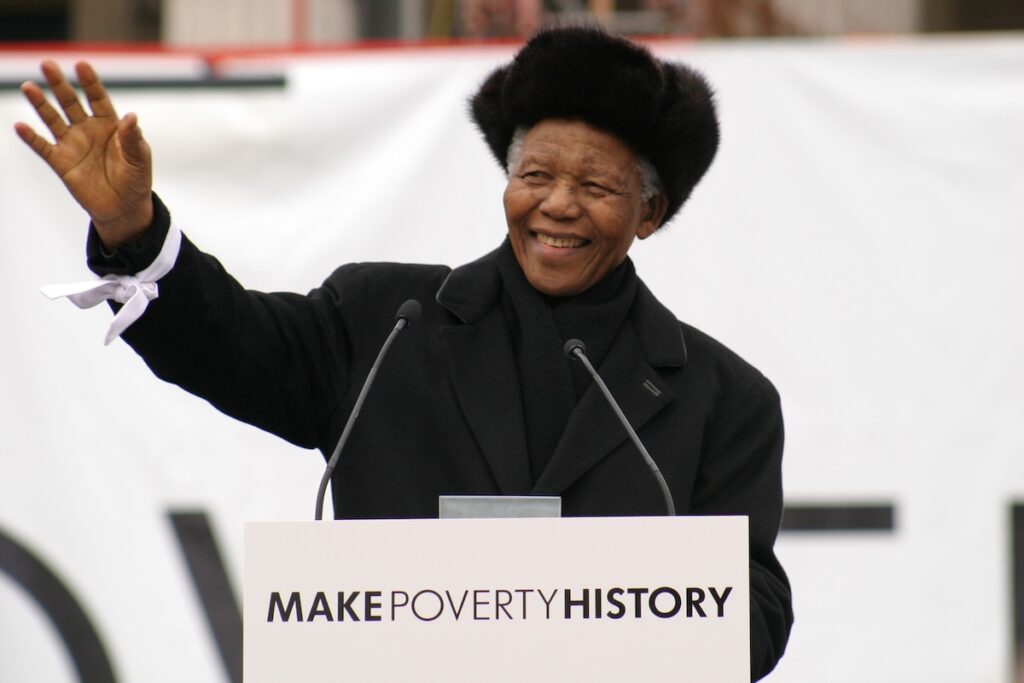The Lastest

How Africa is transforming the fashion industry

The time to act on US foreign assistance is now

Mandela’s great generation
Our Impact

More Funding
We helped secure $72 billion to help more people access healthcare and life-saving tools like vaccines.

Better Laws
Our activists pushed for stricter gender-based violence laws in Senegal.

Global Cooperation
We brought global activists, leaders, and experts together during COVID-19 to secure $97 billion in pandemic recovery funds.
If you believe everyone has the right to a life of opportunity and justice, no matter where they live, and if you believe ordinary people can change the world, then join us.

